Toolkit: Practical and inclusive capacity development in forested landscapes
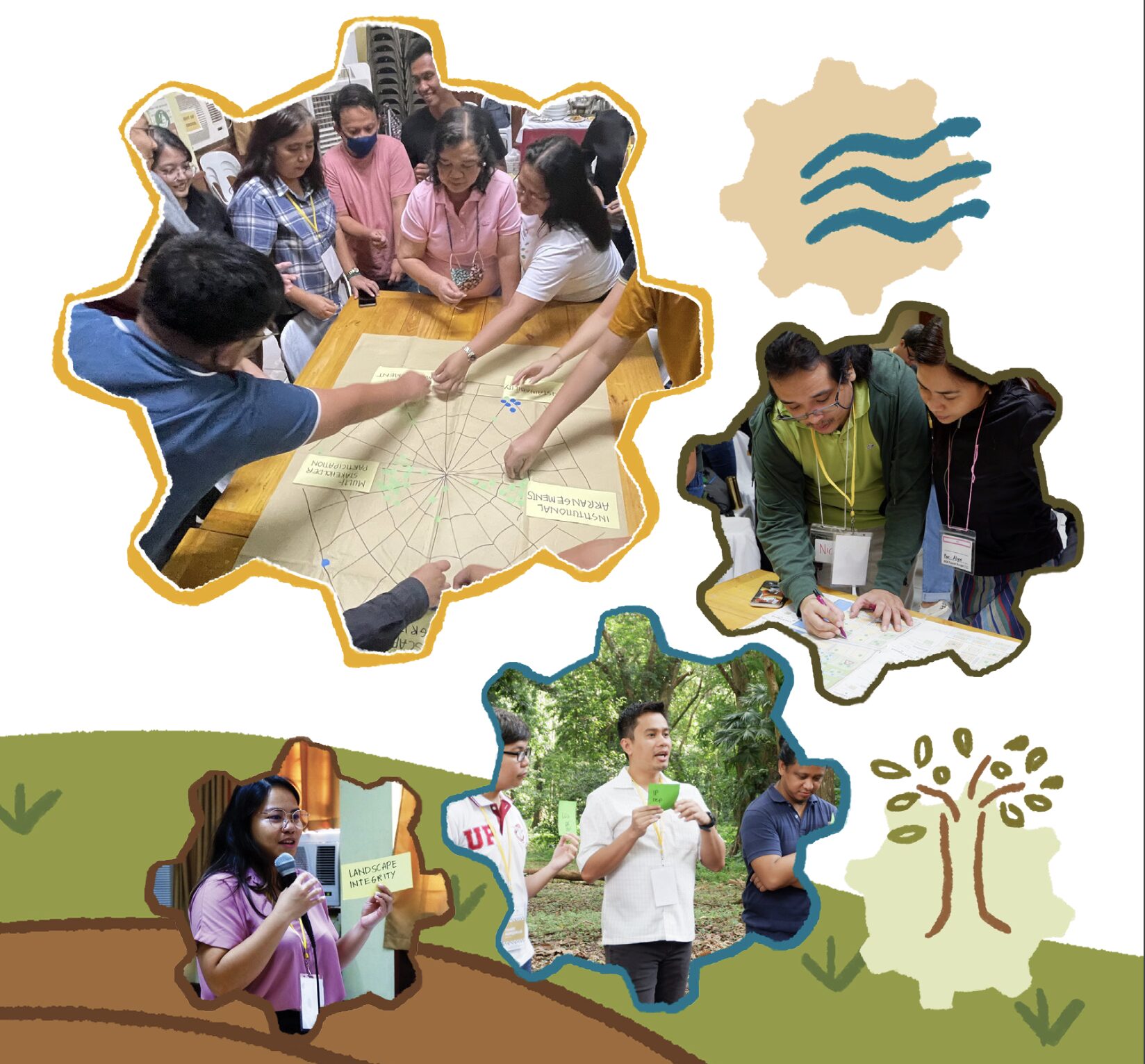
Summary
This toolkit, built upon the principles of Forest Landscape Restoration (FLR), going beyond simple tree planting, delves into the complex web of human interactions within forested landscapes. This is developed through a collaboration between Forest Foundation Philippines (FFP), Tropenbos International and Habi Education Lab through the Sustainable and Inclusive Landscape Governance (SILG) Program. The toolkit aims to serve as a guide in developing and implementing capacity development initiatives for forest protection and conservation.
The toolkit serves a dual purpose: as a guiding resource for civil society organizations, government institutions, academia, and landscape stakeholders, and as a repository of insights and experiences from diverse contexts in forest protection and conservation.
This weADAPT article is an abridged version of the original text, which can be downloaded from the right-hand column. We highlight some of the report’s key messages below, but please access the original text for more comprehensive detail, full references, or to quote text.
How to use the toolkit
This toolkit is structured to follow the Capacity Development Cycle recommended by the United Nations Development Programme (2015), with each chapter covering a particular step:

What is the scope of the toolkit?
This toolkit focuses on capacity development in the context of Forest Landscape Restoration (FLR). FLR is guided by the following principles identified by the Food and Agriculture Organization of the United Nations:
- Focusing on landscapes
- Maintaining and enhance natural ecosystems within landscapes
- Engaging stakeholders and support participatory governance
- Tailoring approaches to the local context
- Restoring multiple functions for multiple benefits
- Managing landscapes for long-term resilience
What is capacity development?
The United Nations Development Programme (2015) defines it as “the process through which individuals, organizations, and societies obtain, strengthen and maintain the capacities to set and achieve their own development objectives over time.”
According to the UNDP, there are three (3) areas or levels where capacity should be grown and nurtured:
- The enabling environment. The largest area of capacity “within which people and organizations function” (UNDP, 2015). Capacity development at this level looks like improving “policies, legislation, power relations, and social norms, all of which govern the mandates, priorities, modes of operation, and civic engagement across different parts of society” (UNDP, 2009).
- The organization. The “internal structure, policies, and procedures” (UNDP, 2015) that allows organizations to deliver on their mandate. This area covers formal and non-formal groups and private and public institutions. Developing capacity at this level looks like improving organizational performance and strengthening systems, processes, roles, and responsibilities.
- The individual. The “skills, experience, and knowledge that allow each person to perform” (UNDP, 2015). These can be acquired and developed formally (through education or training) or informally (through observing, discussing, or doing).
“Capacity development begins with people talking and listening to each other.”
United Nations Development Programme UNDP, Capacity Development Primer, p. 22
Step 1: Engage stakeholders on capacity development
We engage with stakeholders so that they can provide context, insights, and suggestions that may help shape the direction of the capacity development program. This transforms them from stakeholders into co-developers, providing them with a sense of ownership and accountability for the proposed strategies and interventions.
But before we can engage our stakeholders, it’s important to know who they are and the role that they might play in capacity development. A comprehensive stakeholder map ensures that all relevant and concerned stakeholders are identified and included in the collaboration and discussion of needed capacities.
Free prior informed consent: When engaging with stakeholders, one crucial consideration is whether or not there are mandatory procedures to be followed and when they need to be done to have smooth interactions. In the case of Indigenous Peoples (IPs) and indigenous cultural communities (ICCs) for example, the National Commission on Indigenous Peoples (NCIP) requires that “any developments and projects to be implemented in the ancestral domain have complied with the Free Prior Informed Consent requirements imposed on all proponents of the projects.” This means that all activities that involve IPs/ICCs need negotiations between the community, represented by its Council of Elders/Leaders, and the applicant, facilitated by the FPIC Team.
Aside from the FPIC process, there are also the Indigenous Knowledge Systems and Practices (IKSPs) and Customary Laws (CLs) Research and Documentation Guidelines. These are used for community-initiated or solicited research, academic research, research in aid of policy, social research, and research necessary to respect and protect the rights and empower IPs/ICCs to their plight to self-determination, governance, and sociocultural development.
This chapter also provides practical activities, tips and recommendations for successfully engaging with stakeholders.
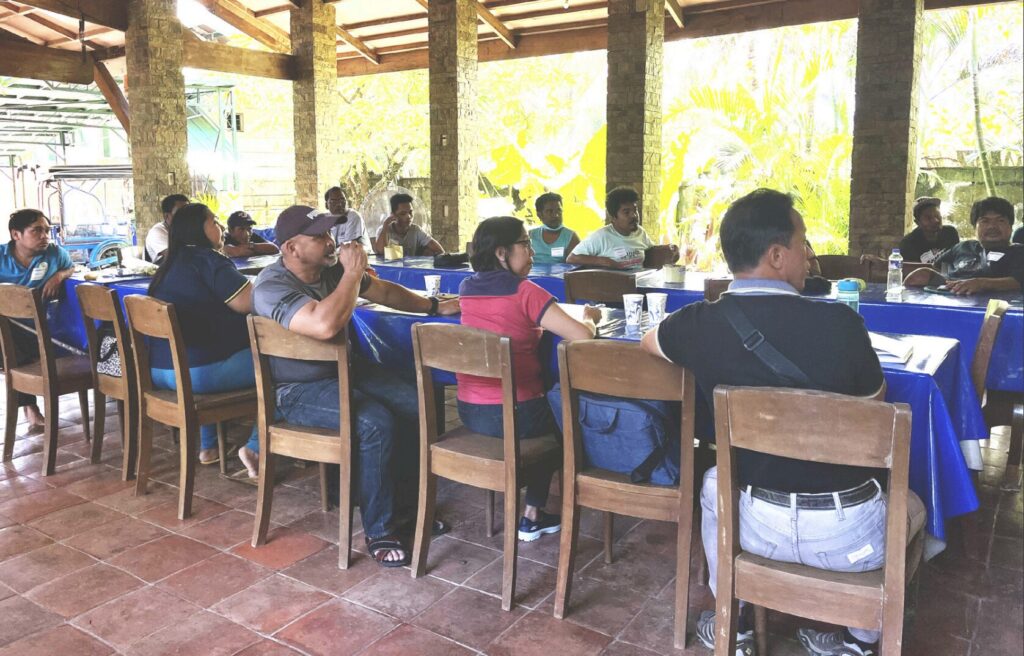
Step 2: Assess capacity through assets and needs
After successfully engaging the stakeholders, we assess the needs and assets of the target beneficiaries through a systematic and objective approach. We do this to:
- Develop a comprehensive understanding of issues that could be addressed.
- Generate qualitative and quantitative baseline data.
- Foster relationships between stakeholders.
There are three (3) stages in assessing capacity:
- Mobilization and Design
- Assessment
- Summary and Interpretation of the Results
The chapter goes into depth for each of those stages, with examples of methods and method designs to be used, some practical tools and exercises, troubleshooting, as well as tips and recommendations.
Step 3: Formulate a capacity development response
At this point, we use our findings from the previous step to decide on goals and co-develop a program with our beneficiaries. The work that we’ve done in the first two steps can help us formulate approaches that are relevant to their needs and aligned with the cultural norms and customary laws of the target beneficiaries, particularly indigenous peoples.
There are two (2) stages in formulating our programs:
- Crafting Goals and Indicators
- Designing Your Program of Activities
The chapter goes into depth for each of those stages, with suggestions of frameworks to use for formulating goals and success indicators, reflections on what effective capacity development programs look like and practical activities.
Step 4: Implement a capacity development response
Effective implementation requires close coordination, clear communication, and the allocation of appropriate resources to support capacity-building efforts. It can be daunting but breaking down this step into three (3) stages can help make the tasks more manageable:
- Pre-Implementation
- Implementation
- Post-Implementation
As per the other sections, this chapter provides more information on each stage, with activities, instructions, checklists and more.
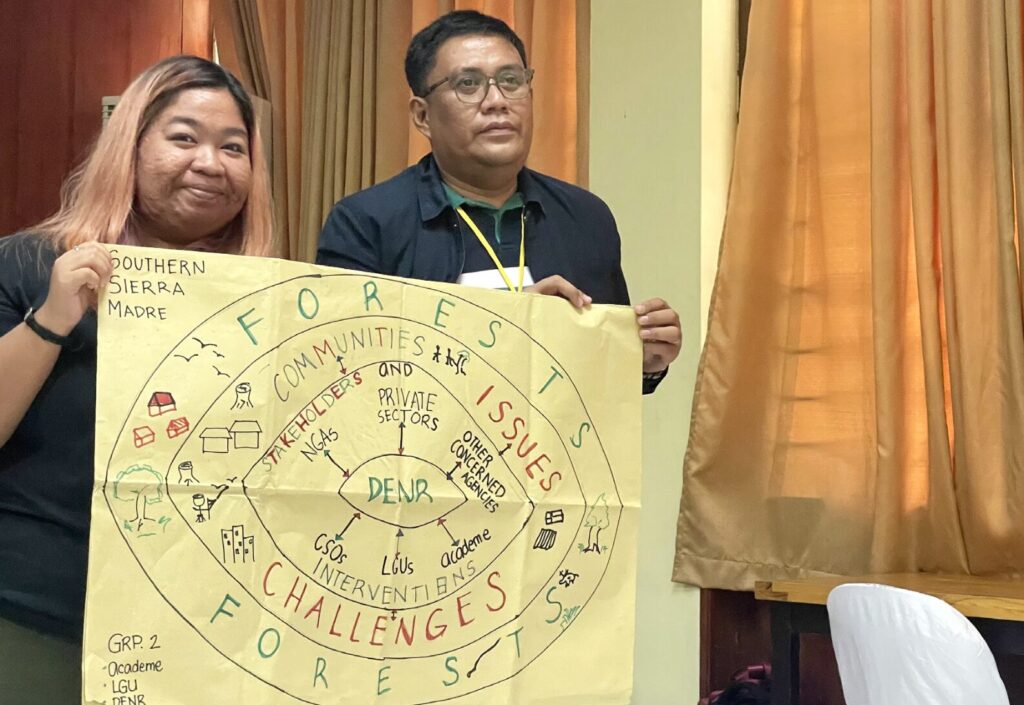
Step 5: Monitor and evaluate capacity development
In this step of the capacity development cycle, we assess the effectiveness and impact of our program. We do this for two main reasons:
- Evaluation allows us to determine whether or not we were able to achieve our goals and objectives;
- It allows us to identify the strengths and weaknesses of the program, which we can use to make informed decisions for better capacity development initiatives in the future.
While this step is critical, it can also be the most challenging due to the nature of capacity building; success is dependent on clear evidence of change in knowledge, skills, and attitudes due to the program implemented, which takes time and can be difficult to prove as change can be due to different factors.
Evaluation of the capacity development program must be reviewed against the baselines determined during Step 3. We recommend a monitoring and evaluation scheme is participatory and has three (3) levels:
- Immediate Evaluation
- Monitoring
- Impact Evaluation
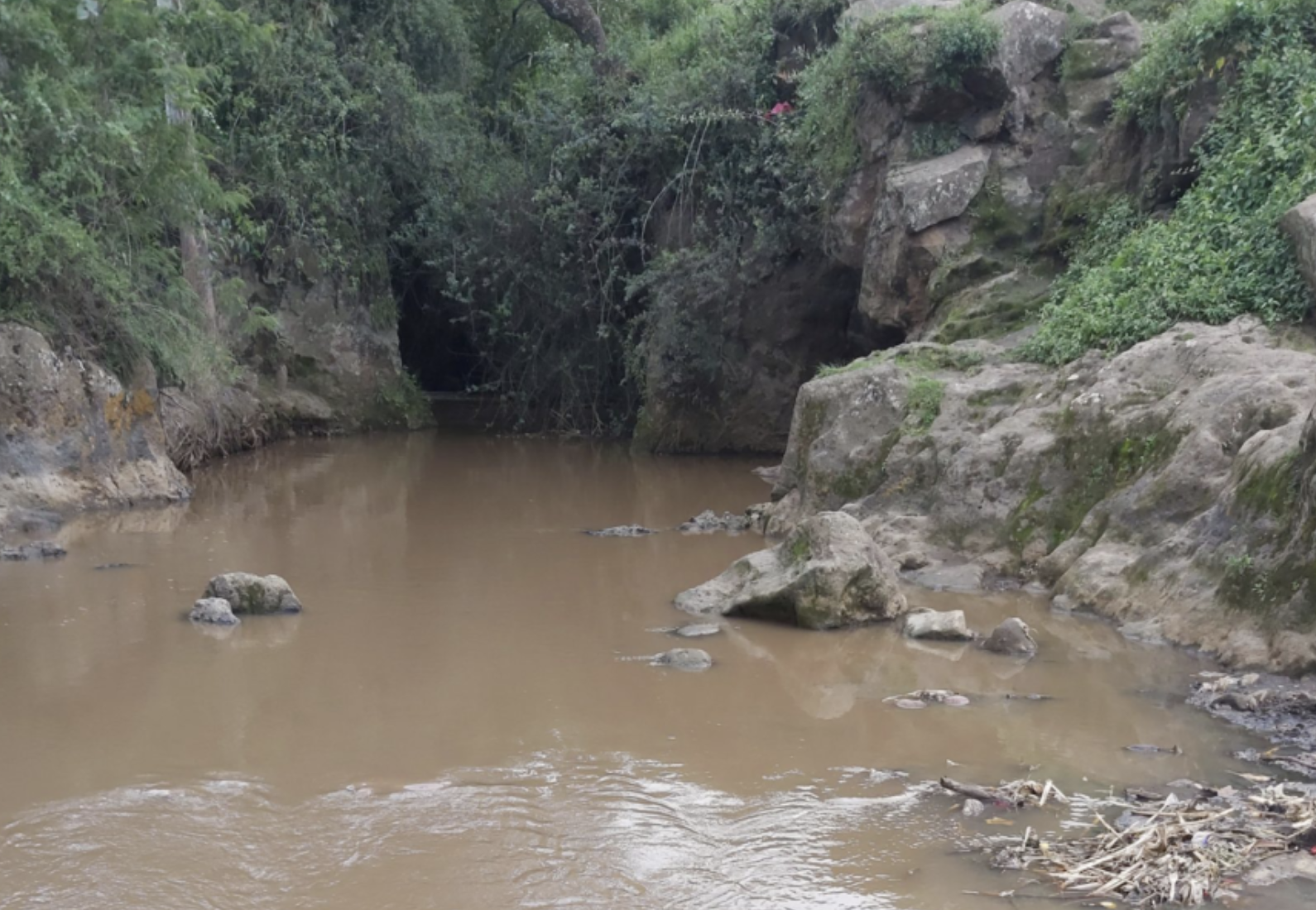
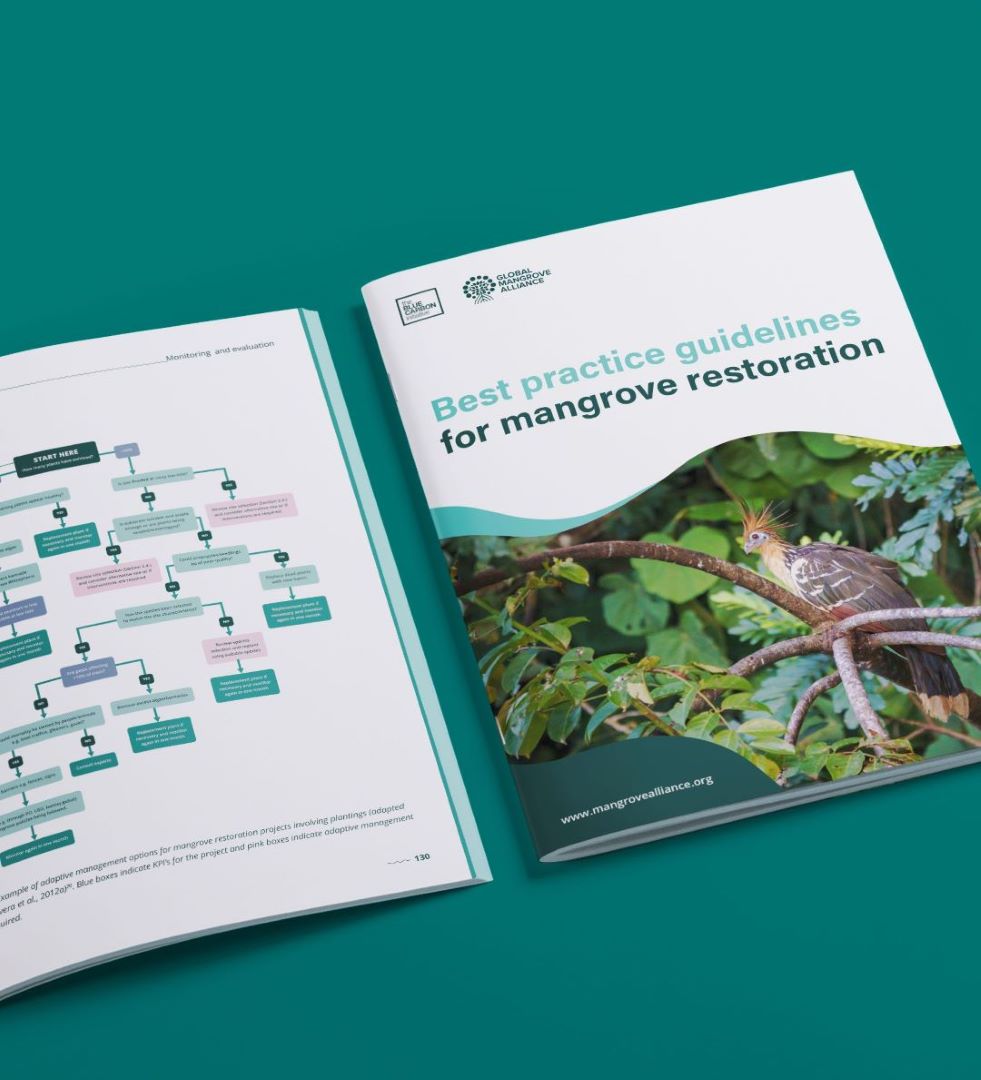
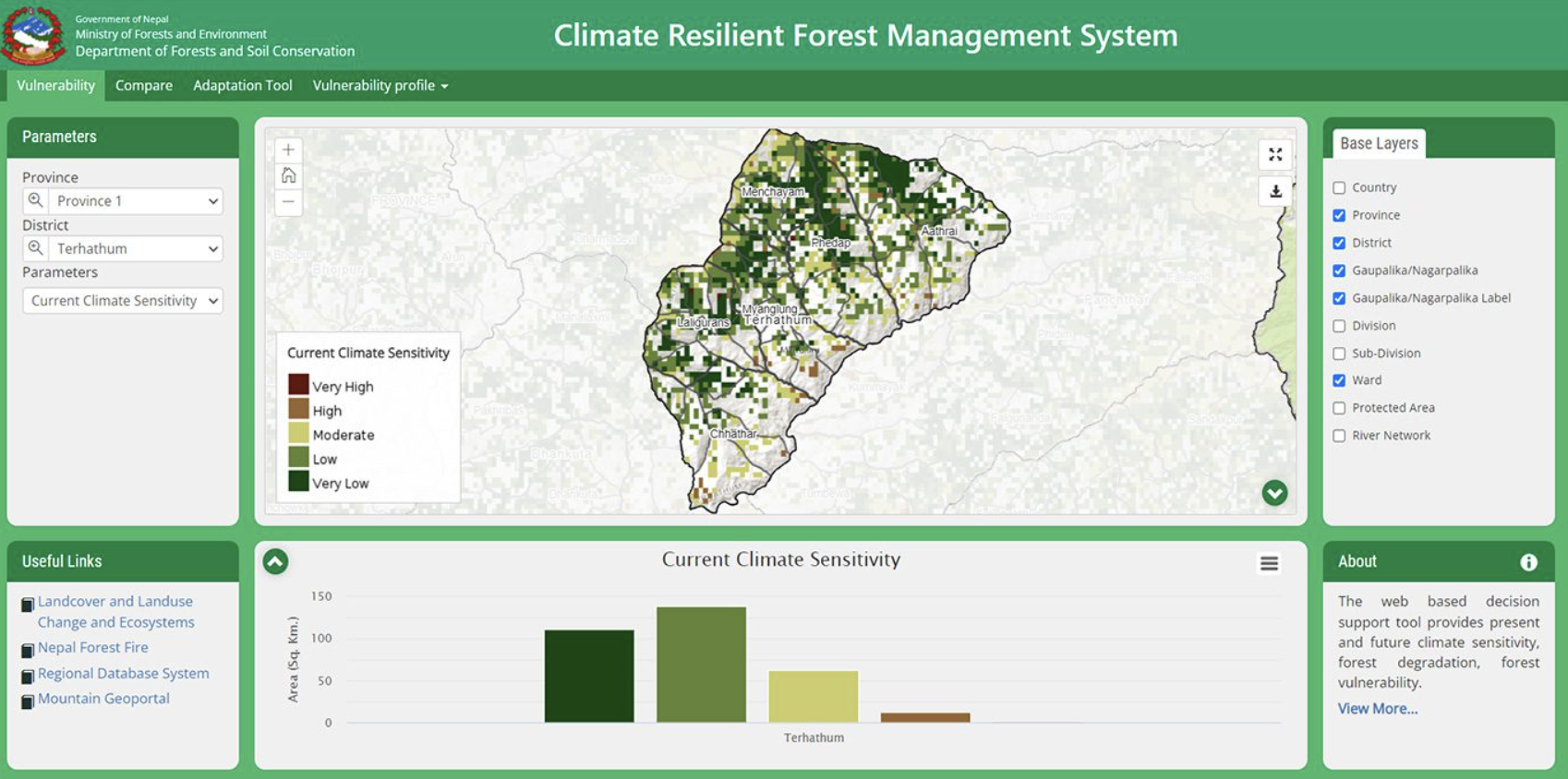
(0) Comments
There is no content